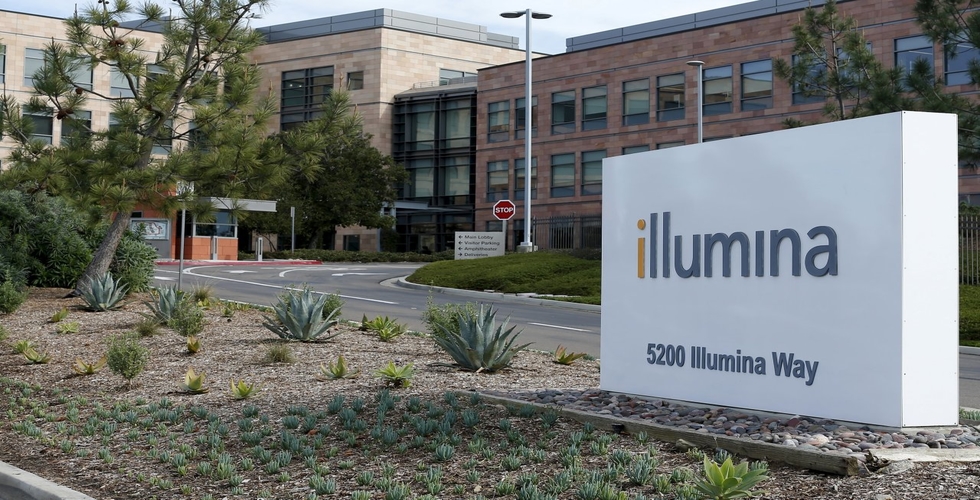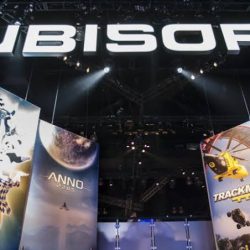
In both the developed and developing countries, nutrition has long been an issue. Malnutrition and access to the correct ingredients in the developing world in the correct quantity are the key issue. In the advanced globe, the consequences of a deep-seated obesity epidemic are addressed by nations and the questionable world of unregulated and unregulated supplements.
The solution to these problems can be hard to imagine all in one. It could eventually result in another epidemic of obesity if they provide the cheaper nutritious food to the developing world; and it is not guaranteed that Americans have the right tools for eating a healthy, balanced diet.
Fortunately, the emergence of IoT and linked devices could fundamentally alter our nutritional relations, resulting in better and cheaper outcomes for all.
Controlling Supplements:
Tighter surveillance procedures and fresh ways in which products are produced and distributed may lead to higher-quality, more pure nutritional supplements. This could eventually happen in several phases.
First, scientists could use more assessment instruments to assess the impacts in the human body of nutritional supplements. Remote monitoring and inspection devices could control experimental conditions thoroughly and lead researchers to clearer conclusions on how these compliments work.
Advanced sensory devices can then guarantee that in factories and manufacturing homes supplements with the correct ingredients are developed, without external interference and without corruption when bottled. Advanced tracking and logistics machinery can guarantee that they are securely carried and that the contents of such packages are not interfered with.
Fitness Trackers:
Fitness trackers are already very popular, and from here they will only advance. The present generation of fitness trackers enables customers to monitor how often they practice, how they change their heart rate, how they sleep and various other significant measures. Fitness trackers could soon move things to the next level by closer and more accurate monitoring of food intake. The sophisticated sensors would automatically “scan” the dietary value of products that the customers eat rather than relying on customers for self-report. Devices such as this would not necessarily reduce the issue of excessive consumption.
Cooking:
Whether we are prepared for it or not, IoT takes over the kitchen. Consumers have already access to intelligent refrigerators, intelligent ovens, and intelligent toasters. The culmination of such techniques will allow customers to completely integrate high-tech kitchens to monitor what foodstuffs you are purchasing and what stocks you have. These devices might even buy new substitutes soon if you run out of them.
More importantly, the right combination of technologies can make it possible for consumers to cook smarter in two ways in the developed world. First, they would be more able to choose the correct ingredients and assemble the correct kinds of meals with nutritious, thoughtful recipes. Second, there would be resources for cooking, which would make it simpler for them to go and eat and relax.
Agriculture:
Many of these alternatives in the developed world have disproportionately focused issues, so let us look at the developing world. The failure to produce enough food for a local population is one of the greatest issues with malnutrition. Better technology could enable local people to use more accurate farming strategies to enhance yields — producing more food for less (and time-consuming) money.
In order to inform farmers, the best way of proceeding, precision IoT equipment could immediately assess items such as soil pH, micronutrient values, humidity and weather conditions, and soil moisture.
Division of Food:
In these fields too, developing countries naturally need to reflect on food security, transformation, and distribution and interconnected devices. Better technology can help with harvesting, guarantee the maximum usable foodstuffs are grown from the collection and better tracking systems can guarantee the food is maintained in the best quality during processing. Better techniques of distribution could make food more and more expensive to travel, making it eventually cheaper for a bigger amount of people.
Information Availability:
Obviously, the availability of information depends on all such technologies. Consumers won’t cook healthy food for themselves unless they understand what “healthy” means. Developing country farmers won’t maximize their yield unless they know how to maximize returns.
Fortunately, connected devices also make this information easier to access. With remote systems and real-time analytics, data is simpler to collect than ever before and internet connectivity potential can create it worldwide. It’s a question of applying this information intelligently from there.
Connected devices and IoT have the potential to change our way of thinking, both in the developing and developing world, about nutrition, health, and well-being. It is only a question of time before scientists and technicians can fix the major barriers they face.






